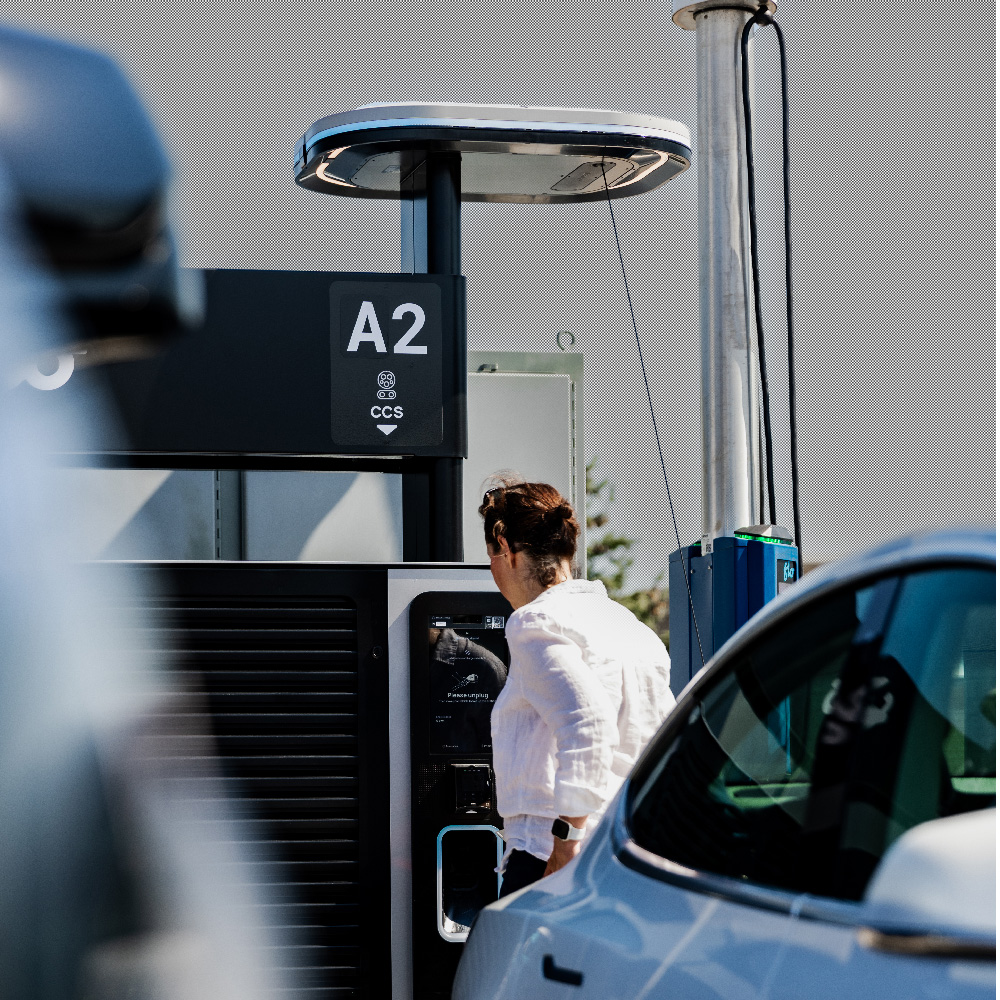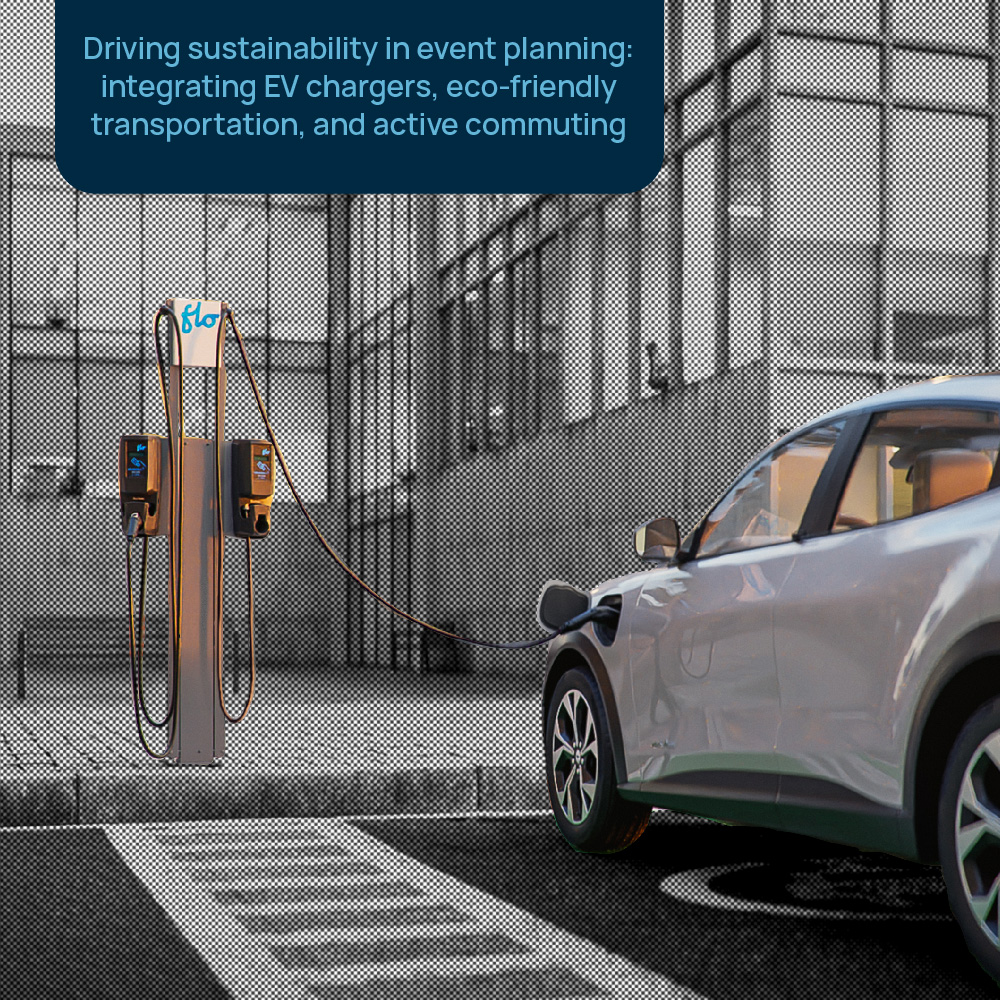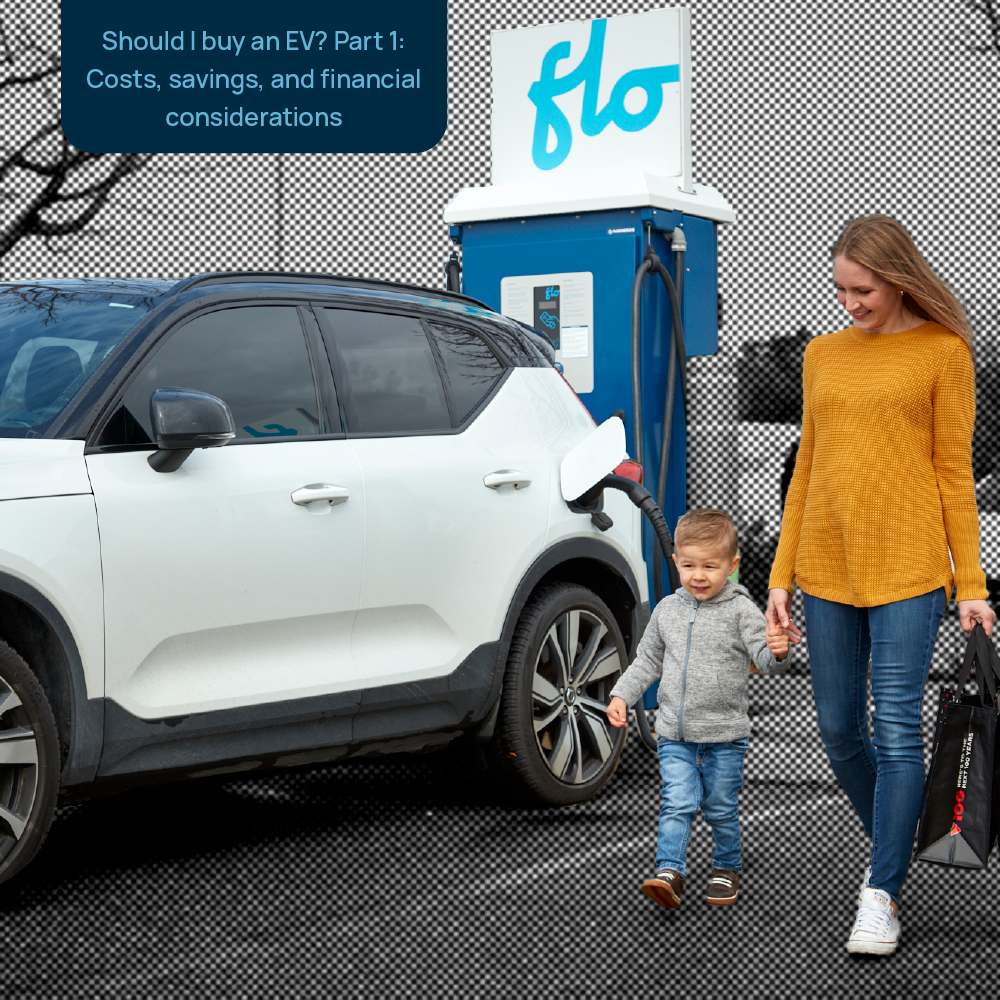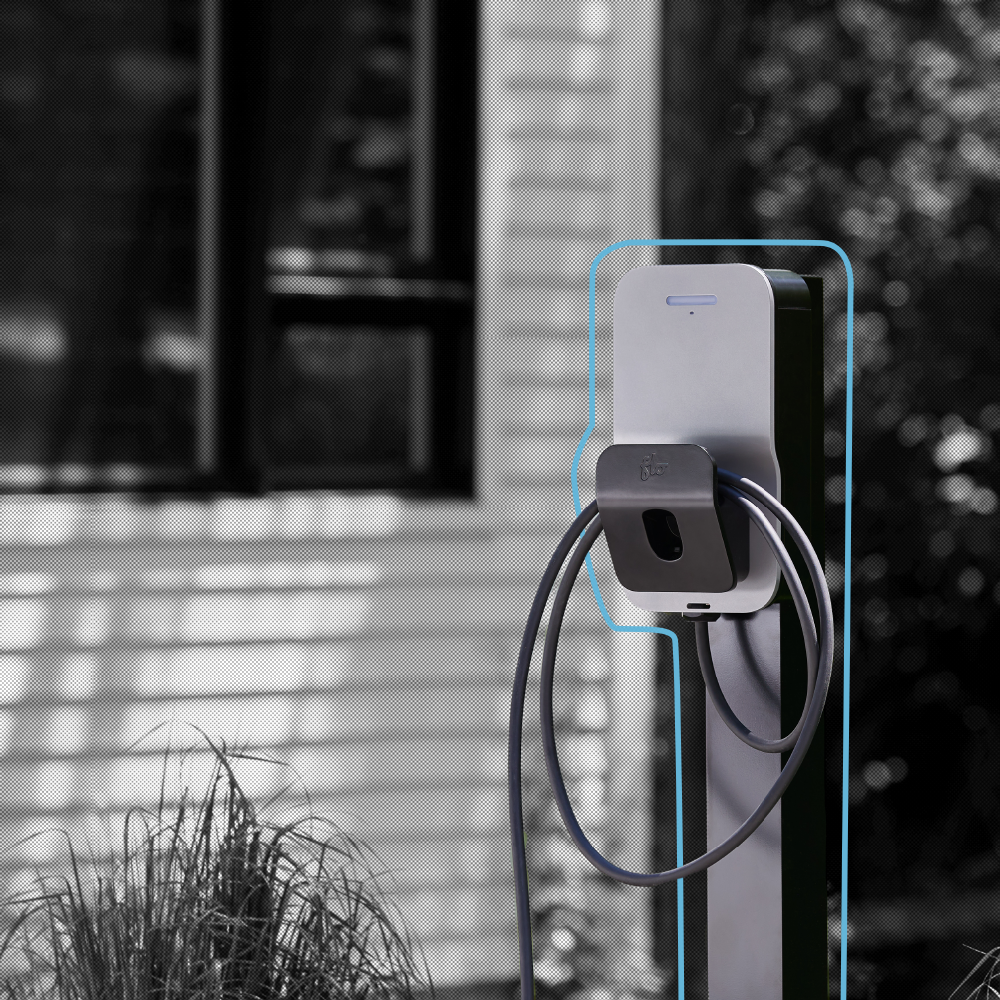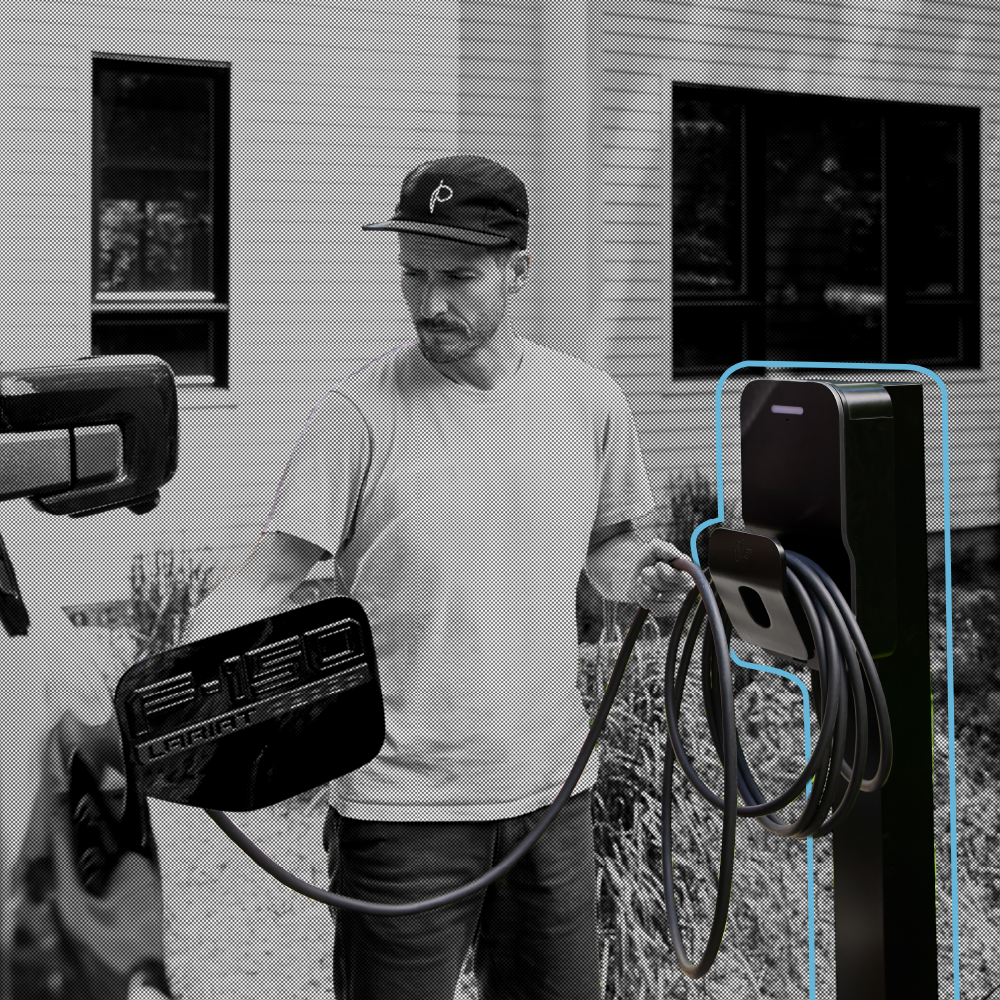Powering sustainability: integrating EV chargers into your ESG strategy
As businesses and organizations gear up for their annual environmental, social, and governance (ESG) reports, it’s the perfect time to evaluate your next climate actions. Installing EV chargers can be a powerful and quantifiable way to make an impact and support employee and visitor engagement. Installing charging stations can also support sustainable building certifications.
Reducing emissions by enabling EVs
Most carbon accounting looks at Scope 1, 2, and 3 emissions. Installing EV chargers can make an impact on each:
- Scope 1 emissions: these are direct emissions from sources owned or controlled by your company, such as emissions from company-owned vehicles and on-site fuel combustion. Electrifying your company fleet with EVs and chargers helps reduce direct Scope 1 emissions.
- Scope 2 emissions: these are indirect emissions from the generation of purchased energy (electricity, steam, heat, and cooling). Interestingly, while electrifying your fleet will reduce Scope 1 emissions, charging EVs will increase Scope 2 energy consumption and associated greenhouse gas (GHG) emissions used in the electricity. Don’t worry though… under almost all circumstances the Scope 2 increase will be more than offset by the Scope 1 reduction. The net emissions impact depends on the carbon intensity of the electrical grid. If the grid relies on cleaner generation sources, the increase in Scope 2 emissions will be minimal. Even when the grid relies on higher emitting generation, there is still an overall greenhouse gas emission reduction when an EV is compared to a comparable ICE vehicle. Charging station choice also matters. It’s a good idea to look for energy-efficient chargers. At FLO, we offer a variety of EV chargers that are ENERGY STAR certified. To achieve this certification, our chargers have demonstrated that they use 40% less energy than a standard EV charger in standby mode. when an EV is compared to a comparable ICE vehicle.
- Scope 3 emissions: these include all other indirect emissions that occur throughout your company’s value chain, both upstream and downstream. Encouraging employees to use EVs for commuting and providing charging infrastructure can decrease emissions from employee travel. By supporting the use of EVs in your supply chain, you can also reduce emissions from transportation and logistics activities.
FLO’s energy management and software tools can provide accurate energy consumption data, helping improve the granularity of the input data when doing your carbon accounting.
We practise what we preach! Discover FLO’s latest ESG report.
Achieving sustainable building certifications
EV chargers can also play an important role in achieving sustainable building certifications such as the Leadership in Energy and Environmental Design certification (LEED ) and the Building Research Establishment Environmental Assessment Method (BREEAM). For example, to gain a LEED point for EV charging, a project must install chargers in at least 5% of the parking spaces (minimum of 2 spaces) and reserve them solely for EVs. These chargers must provide at least Level 2 charging capabilities and use regionally standard EV connectors.
Financial benefits
Investing in EV chargers can also be a financially sound decision. Benefits can include lower fleet mileage costs, more in-store traffic, increased customer traffic, loyalty, more revenue, and more. Depending on your region, there may also be government-funded programs to help businesses offset the costs of installing charging stations. The duration of these programs is sometimes uncertain, so it’s best to take advantage of grants while they’re available. At FLO, we also offer hosting agreements for select sites to allow site owners to provide a tangible amenity without any responsibility for planning, installing, and operating a charging deployment.
Social impact and community benefits
Many areas in North America are still working hard to achieve appropriate public charging densities. By installing charging stations that can be used by the public, organizations have a chance to help make EV charging more convenient and accessible for drivers, including those living in urban areas, apartments, or multi-unit dwellings where home EV charging isn’t always feasible.
Read more: How public EV charging stations are powering up communities
For more tips on how to further reduce your company’s carbon footprint, check out our blog post: 10 ideas for reducing your company’s carbon footprint through expense policies.










